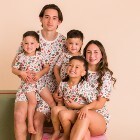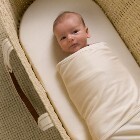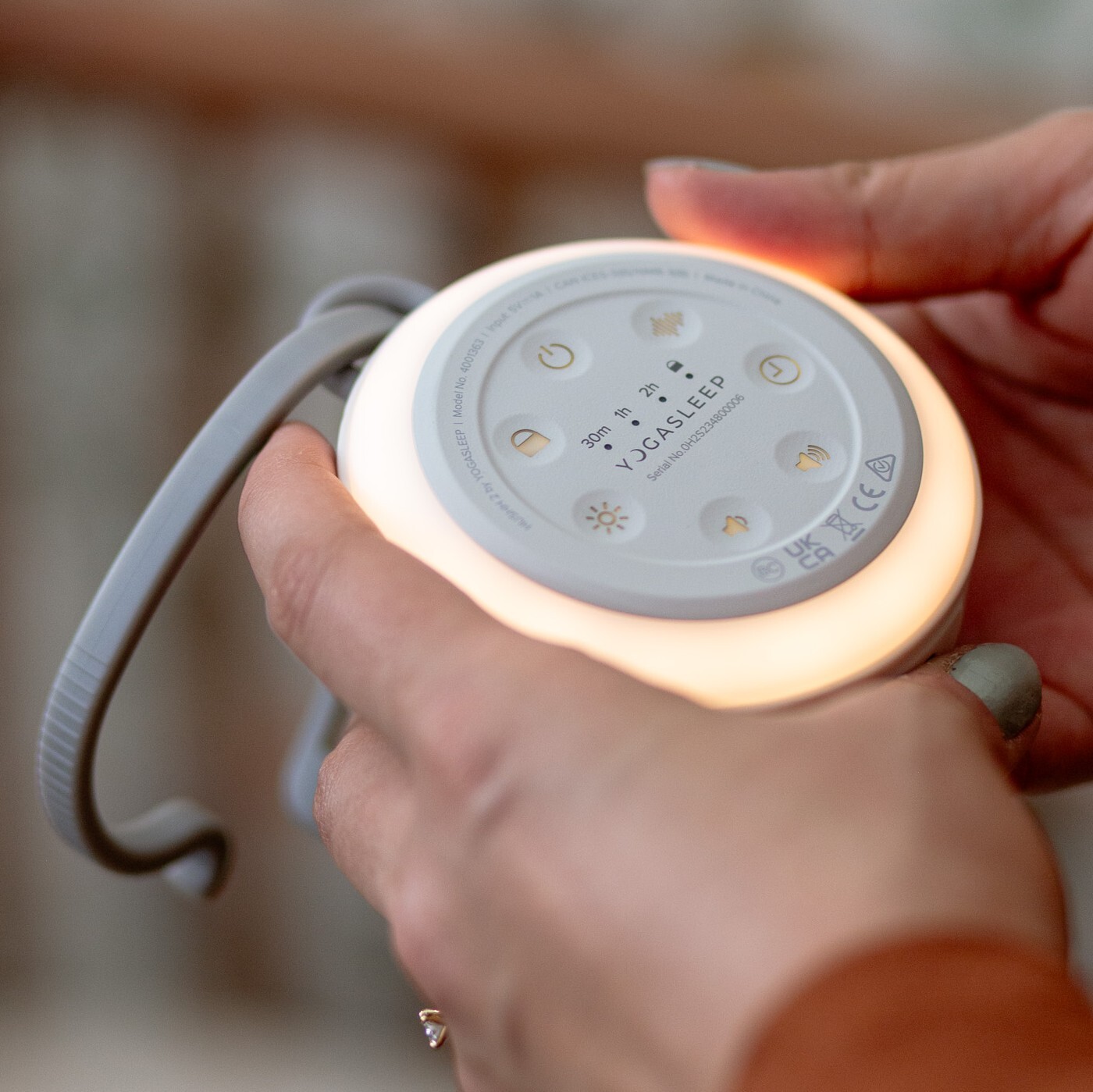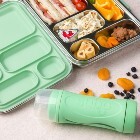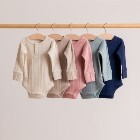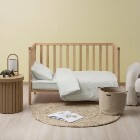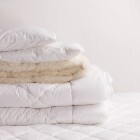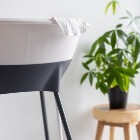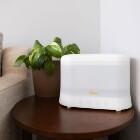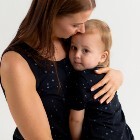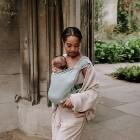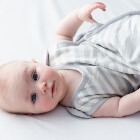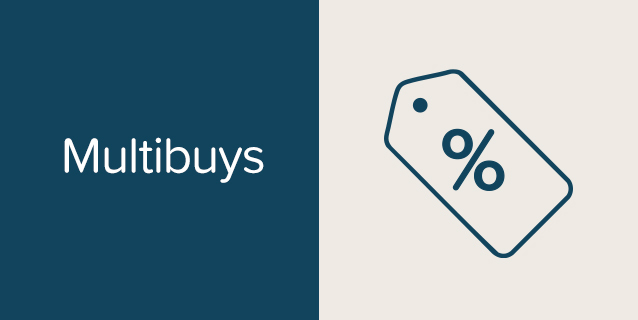When it comes to babies, there’s a wealth of information to sift through and hundreds of choices to make. Too many decisions sometimes! From choosing your baby's first bed, to their first outfit to when to start solids, there are lots of decisions to make.
One decision which parents might not think about too much is different fabric types and which might be best for their baby. Newborn babies in particular can’t regulate their temperature well, so it’s wise to look for natural fibres which offer superior breathability and won’t overheat a baby. But there are other considerations like whether the fabric is hypoallergenic, how durable it is and more.
Fabrics all have different properties which makes them more suitable for some products than others, for example cotton sateen is great for bedding, whereas muslin is multi-purpose for bedding, shade, spills & more. Each fabric has different benefits depending on the season and how it will be used.
So, with all of that in mind, what’s the best fabric to use for a baby? We look at both fibre type and knit type with the help of Amanda, our Production Manager.



